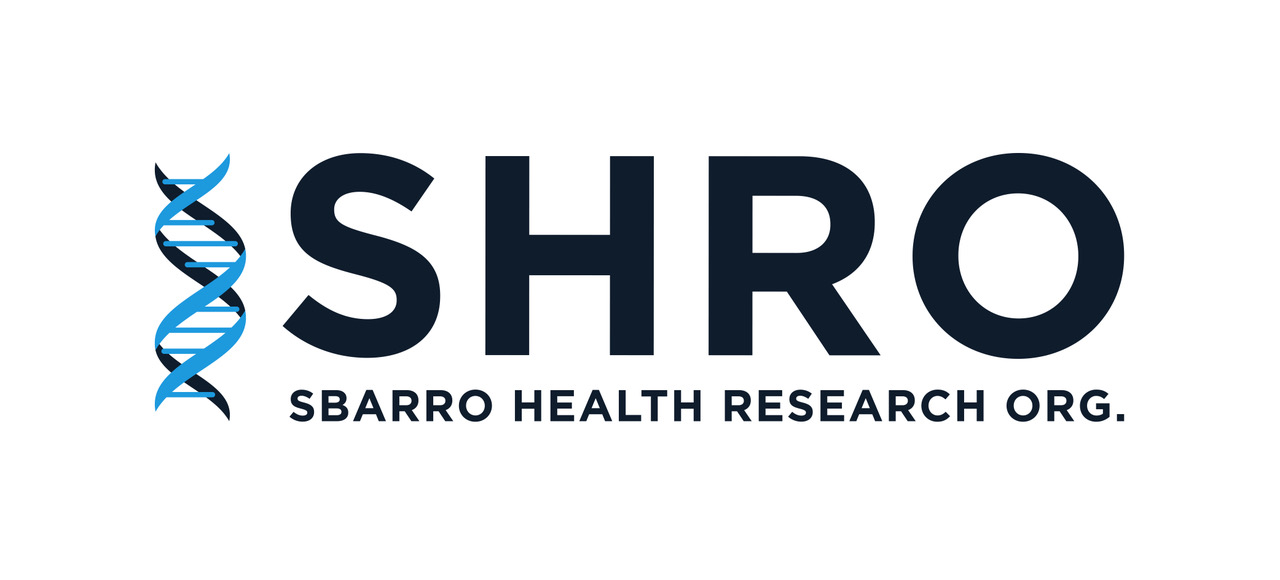Newswise — A recent study led by Andrew Puca, Ph.D. under the supervision and direction of Antonio Giordano, M.D., Ph.D. set out to illustrate novel mechanical transduction properties of Hematopoietic Stem Cells in relation to defining the expression of humoral factors by facilitating paracrine/autocrine signalling via microgravity.
Dr. Puca, lead author of the study, says “The goal ultimately was modulating intracellular trafficking of tyrosine kinase receptors, cellular proteins directly involved in vasculogenesis, in the context of cell and tissue morphogenesis, ultimately emphasizing the properties of mechanical loading via simulated microgravity and its effects on hematopoietic stem cell (HSPC) growth. These mechanisms are vital to understanding the cooperative relationship between cells and their surrounding microenvironment. Understanding the expression of these angiogenic triggers will prove to be the cornerstone of bioengineering and the mechanistic machinery that induces tissue regeneration. Our studies indicate that living cells are literally hard-wired so that they can filter the same set of chemical inputs to produce different functional out-puts and this mechanism is largely controlled mechanically,” said Dr. Puca, a Postdoctoral Fellow at the Sbarro Institute for Cancer Research and Molecular Medicine located at Temple University in Philadelphia, PA.
“Our data show how cooperation and competition between extrinsic micro environmental chemical signaling (biochemical) and physiological stresses (bio-mechanical) may be the new frontier in delineating processes in stem cell differentiation and improving techniques in tissue engineering as well as provide a new a model for the development of innovative culture techniques for cell transplant based therapies,” says Antonio Giordano, M.D., Ph.D., Director of the Sbarro Institute for Cancer Research and Molecular Medicine and Center for Biotechnology at Temple University, and President of the Sbarro Health Research Organization, Inc.
This study was accepted for publication in Oncotarget in May 2012; the article is already available online.
